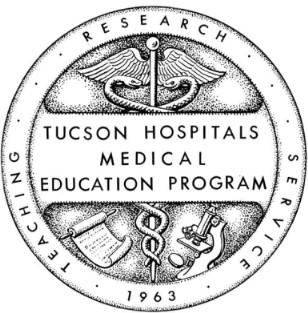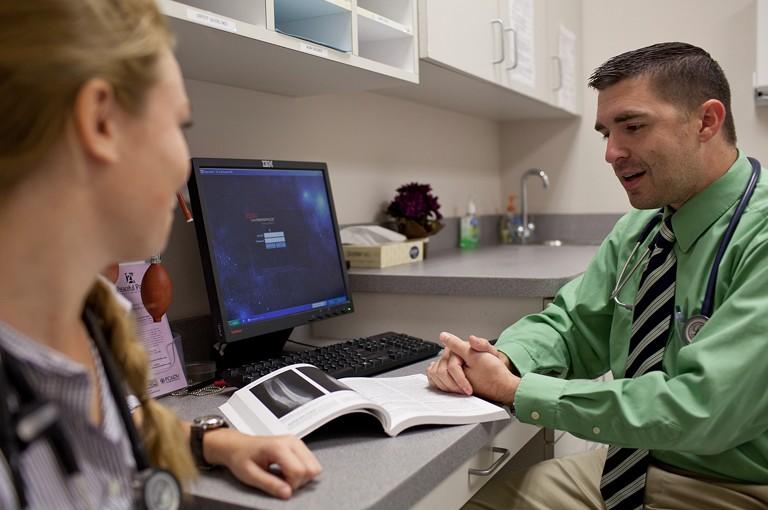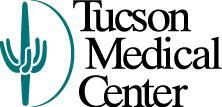Guidelines for Evaluating Learners’ Clinical Performance


 Linda L. Carr, Ph.D. CEO, Faculty Ed Solutions, LLC
Linda L. Carr, Ph.D. CEO, Faculty Ed Solutions, LLC


Know Do

Learning Objectives


• The definition and purpose of evaluation.
• The preceptor’s role in evaluation.
• Strategies to make evaluation efficient and useful.
• Eager to make evaluation more student-focused.
• Enthusiastic about encouraging learners to self-assess.
• Use strategies that will help improve techniques for evaluating learners’ clinical performance.

Feel
Primary Differences between Feedback & Evaluation
Feedback Evaluation


o Conveys information

o Formative
o Current performance
o Neutral (verbs/nouns)
o Fosters learning
o Conveys judgment
o Summative
o Past performance
o Normative statement (adjectives/adverbs)
o Certification
Schwiebert, L. P., & Bondurant, W. (2000). Summative Feedback, Evaluation, and Grading Students. In P. M. Paulman, J. L. Susman, & C. A. Abboud (Eds.), Precepting Medical Students in the Office (pp. 81-87) Baltimore: The Johns Hopkins University Press.
Preceptor’s Role in Evaluation

Before Rotation
- Understand program’s expectations
- Review goals and objectives
During Rotation
- Gather information from multiple sources

- Provide feedback
- Use systematic method of recording
End of Rotation
- Prepare for final evaluation
- Schedule and conduct summary meeting
- Complete and submit final evaluation
PEP2 Facilitator’s Module 7 (Evaluation), p. 7.5
Show and discuss evaluation form with learner on Day 1
The Evaluation Process
During the Clinical Rotation

① Collect data
② Review and collate data
③ Apply framework (competencies)

④ Determine level of competency
⑤ Share data with learner
Ask learner to use the rotation evaluation form to self-assess


physical exam
procedures
case presentations
PEP2 Facilitator’s Module 7 (Evaluation,) p. 7.7.
Use a Variety of Sources to Evaluate Your Learner Student selfassessment Patient logs Patient notesObservethe
Observe
Observe
pStudent rojects
ACGME Core Competencies
Medical Knowledge ② Patient Care
③ Professionalism
Note the competencies linked to the trainee’s evaluation
④ Interpersonal Communication
⑤ Practice-based Learning: personal improvement
⑥ Systems-based Practice: system improvement

①
acgme.org
Guidelines for Preparing for the Final Evaluation


① Evaluation should be based on a systematic observation recorded over a period of time.
② Evaluation should emphasize both changes in behavior (improvement) and progress toward a goal.
Example: Julie’s suturing skills are comparable to other first-year trainees. She has mastered proper wound preparation. Her suture spacing and tension are improving.
PEP2 Facilitator’s Module 7 (Evaluation), p. 7.8.
Guidelines, cont.
③ Evaluation should be both verbal and written whenever possible.

④ Evaluation should be conducted in an unhurried atmosphere.
⑤ Student should self-assess.
⑥ Evaluation should fulfill due process procedures.
PEP2 Facilitator’s Module 7 (Evaluation), p. 7.8.

Sample Written Comments
UNDERSTANDING (problem solving, synthesis of knowledge, originality, analytical ability)
John is able to get to the important parts of a history. He appeared kind and understanding. He could quickly size up which individuals were difficult patients.

Sheila had a bit of a hard time applying and adapting her textbook knowledge to fit the real life cases that are part of every family practice. While this reality threw her at first, I noticed significant improvement by the end of her time here.


PEP2 Facilitator’s Module 7 (Evaluation), p. 7.10.
Sample Written Comments

SKILL (rapport, histories, physical examination, laboratory organization, adaptability, use of hands)
Larry needs to work on taking a brief general history, then concentrate on a more detailed history of the current problem.
Bill does a good exam but is occasionally casual in his attitude, writes incomplete notes, and is not as thorough as he could be. Not so great with his hands but makes up for it with strength of personality. He will be popular with his patients.


PEP2 Facilitator’s Module 7 (Evaluation), p. 7.10.
Sample Written Comments

KNOWLEDGE (scope and depth of faculty information)

I felt that Ann had a fairly narrow field of knowledge regarding many of the cases we encounter in this practice. Additional exposure to textbook physical diagnosis would help her improve in this area.
Ed worked hard to improve his differential diagnosis skills. By the clerkship’s end, he was performing at an appropriate level for a third-year student.

PEP2 Facilitator’s Module 7 (Evaluation), p. 7.11.
Sample Written Comments


ATTITUDE (intellectual curiosity, respect, integrity, recognizes limitations)
Susan was excessively self-confident and needs to better understand her limits. Despite giving her specific feedback on this point several times, she still needs to work on this area. Although intelligent, she often jumped to conclusions without weighing all other possibilities.
I really got the feeling that Doug had a “just passing through” attitude while he was in my office. He didn’t seem interested in what was happening or in improving in areas where he was weak (like doctor-patient communication skills), despite specific feedback. He asked few questions and did not respond to my efforts to get him thinking about the consulting-referring physician interaction.

PEP2 Facilitator’s Module 7 (Evaluation), p. 7.11.
Sample Written Comments

GENERAL COMMENTS (strengths and weaknesses)
Stan has good communication skills and establishes rapport easily with a wide range of patients. He was able to get some information from a complicated and uncommunicative patient that has helped me greatly in that patient’s care. He has a gentle style that I predict will make him a sought-after physician once he is in practice.

Brad is quiet and reserved. I know that he cares about people but sometimes his natural reserve can come across as uncaring. He needs to continue to work on comfortable ways to demonstrate warmth and build rapport during one-on-one patient encounters. We discussed specific strategies such as concentrating on eye-contact, using more non-verbal prompts, and having a more relaxed posture during the interview.

PEP2 Facilitator’s Module 7 (Evaluation), p. 7.12.


White, J. & Sharma, N. (2012). “Who writes what?” BMC Medical Education, 12:123.
A ‘Word Cloud’ of Written Comments
Summary
Pre-Rotation Planning
① Review course materials and evaluation forms from the program.

② Plan ways to observe and measure trainee behaviors.

③ Check in with trainee:
a. Review form and your role in grading.
b. Consider learner self-assessment.
PEP2 Facilitator’s Guide, Module 7 (Evaluation) p. 7.13.
Summary
Core Rotation Activities
① Observe and provide regular, ongoing trainee feedback.


② Use a system to record trainee observations.
③ Consider mid-rotation review, especially if deficiencies are identified.
PEP2 Facilitator’s Guide, Module 7 (Evaluation) p. 7.13.
Summary
End of Rotation Activities

① Review evaluation criteria and form.
② Review student performance data.
③ Schedule and conduct final evaluation session with trainee.
④ Complete and return evaluation form promptly.

Facilitator’s Guide, Module 7 (Evaluation) p. 7.13.
PEP2
Use the strategies presented to evaluate learners’ clinical performance during mid- and final- assessments.


LEARN – REFLECT - TEACH

What will you keep the same?
What will you do more of?
What will you do less of?
What will you stop doing?
What will you do differently & how will you do it?
What will you add?


 Linda L. Carr, Ph.D. CEO, Faculty Ed Solutions, LLC
Linda L. Carr, Ph.D. CEO, Faculty Ed Solutions, LLC



























